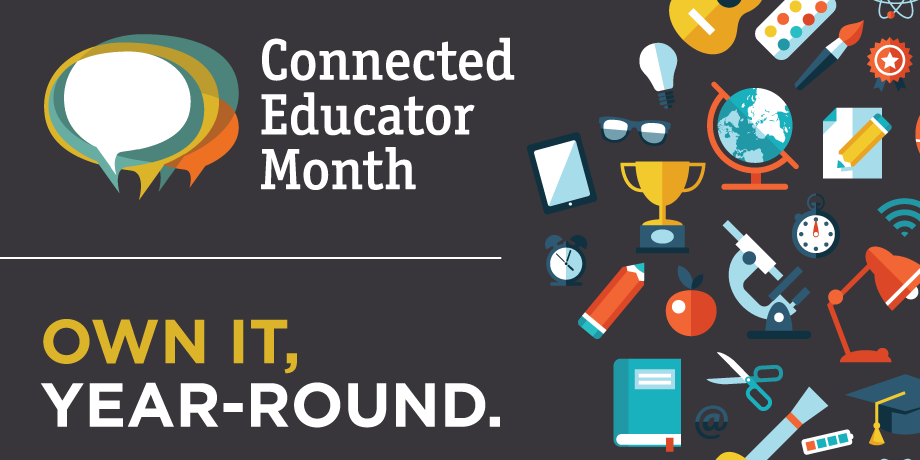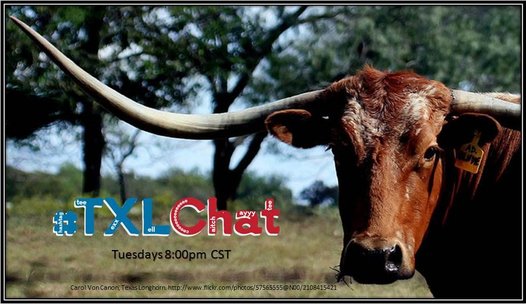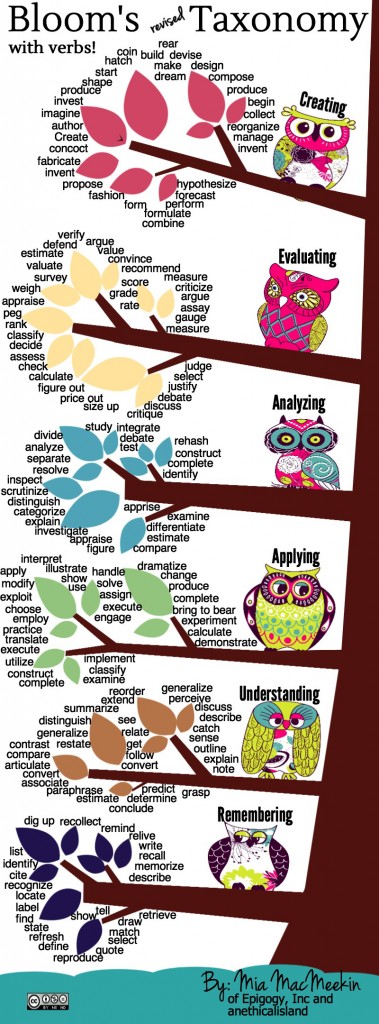
Connected Educator Month: Those who do, teach. Own it, year-round. October 2015.
What is a connected educator? You know that the world is changing… New and emerging Web technologies are connecting our children in ways never before possible. Through blogs, social networking sites, multimedia and other Web 2.0 tools, their world is becoming more and more networked and participatory. Your students spend time every day in virtual environments that are highly engaging and encourage creative thinking and problem solving. They frequently participate in games and social media where they routinely acquire and apply knowledge and collaborate with friends.
…but schools are not. Schools have by and large been resistant to these shifts. Yet, this networked landscape of learning challenges you to re-envision what you do in your school and classroom, or risk growing irrelevance in your students’ lives. At the core of this challenge is how you and I, as educators, realize the potentials of these technologies in our own professional and personal learning practice as educators.
If you want to become a 21st century connected educator — and prepare iGeneration students for an exciting but unpredictable future — you first have to become a 21st century learner. That’s right. The “connected learner” is YOU. To become a connected educator, you must first become a connected learner.
Think about it. Kids today seem to have been born with chips in their heads. They’ve grown up with remote control everything, smart phones, constant communication, and instant access to information in entertaining formats. Almost everywhere they go they are connected, engaged and plugged in. Through various social media, their worlds are becoming more and more networked, creating environments for learning and collaborating that look very little like the classrooms in which you and I grew up.
Thanks to our friend, Sheryl Nussbaum-Beach, CEO of Powerful Learning Practices, for this message and the work she and others have done to make these powerful resources available.
Get involved at connectededucators.org.




